Mass Casualty Incidents
Learn about how rural communities have prepared for, responded to, and recovered from mass casualty incidents.
A Mass Shooting in a Small Texas Town Shows the Importance of a Coordinated, Team-Based Response
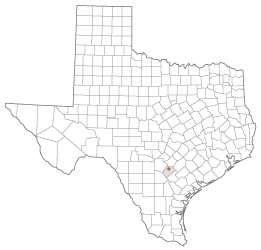
In November 2017, a man wearing all black entered a small Baptist church in Sutherland Springs, Texas, just outside of San Antonio, and opened fire on the congregants inside. A 2017 New York Times article reported 26 killed and at least 20 more wounded. The victims of the deadliest mass shooting in Texas history ranged from age 5 to 72. In response, the District 1 Fire and Rescue — a member of Wilson County's emergency services system — along with its volunteer emergency medical services (EMS) partner were paged for a possible shooting at first dispatch, which was soon updated to a mass shooting. All other emergency services in the county were soon dispatched to assist. It was only by operating as a team with other responders that District 1 Fire and Rescue was able to adequately respond to the needs of the community in the moments following this disaster.
First Responders to Hot Air Balloon Crash in Caldwell County, Texas, Use All-Hazards Response Framework for Mass Fatality Event
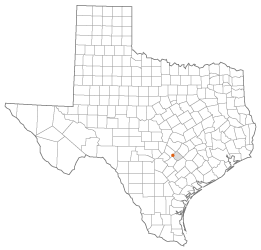
In July 2016, a hot air balloon crashed in rural Maxwell, Texas. This tragic mass fatality event killed all 16 people aboard, including the captain. When first responders arrived, the scene was in flames. The Caldwell County Office of Homeland Security and Emergency Management initiated a coordinated, all-hazards response in collaboration with outside agencies to manage the scene and recover the victims' remains. The Caldwell County community was significantly impacted by this event, prompting local emergency management leaders to delegate special attention to the mental health needs of the first responders and the victims' families.
Mass Casualty Incident Occurs when Duck Boat Sinks in Rural Missouri
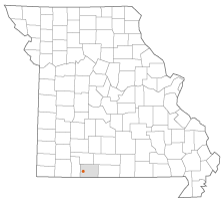
In July 2018, a duck boat holding 31 passengers capsized in a severe thunderstorm and sank in Table Rock Lake, near Branson, Missouri. The tragic accident killed 17 individuals. The Southern Stone County Fire Protection District led the incident response at the scene of the accident. They were assisted by first responders from around the rural region through mutual aid agreements.
Passenger Train Derailment in a Remote Area of Montana Leaves 3 Dead and Scores Injured: Liberty Medical Center in Chester Coordinates Triage and Treatment in a Regional Response
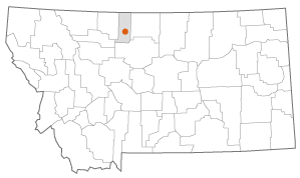
In September 2021, when a passenger train derailed in a remote section of north-central Montana, resulting in 3 deaths and countless injuries, the nearby rural communities leaped into action. Liberty Medical Center and its community, Chester, Montana, acted as command central for triage and treatment, including coordinating the transfer of some patients to higher levels of care throughout the region. Although they incurred barriers such as mobile victims, a large crash area, and some communication hitches, they also were reminded of what they already knew: that when they are called to action, rural people show up and find a way.
Tour Bus Carrying 30 Chinese Nationals Crashes Near Bryce Canyon, Utah – Local Critical Access Hospital Helps Lead Response to Mass Casualty Incident
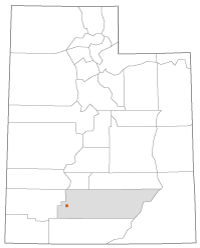
In September 2019, a tour bus carrying 30 Chinese nationals crashed in a remote area near Bryce Canyon National Park in Utah. Four passengers were killed in the crash, and all of the surviving passengers sustained injuries, most of them severe. First responders were on the scene within minutes to triage victims and transport them by ground or air ambulance for treatment. Garfield Memorial Hospital (GMH), a 25-bed Critical Access Hospital (CAH) in rural Panguitch, Utah, was the nearest medical provider and played a pivotal role in the emergency response, treating 19 of the crash victims. The emergency stretched the hospital's capacity and presented multiple challenges, including the significant language barrier between patients and staff; yet the hospital provided an organized and coordinated response that capably treated the patients and limited the loss of life from the accident.
